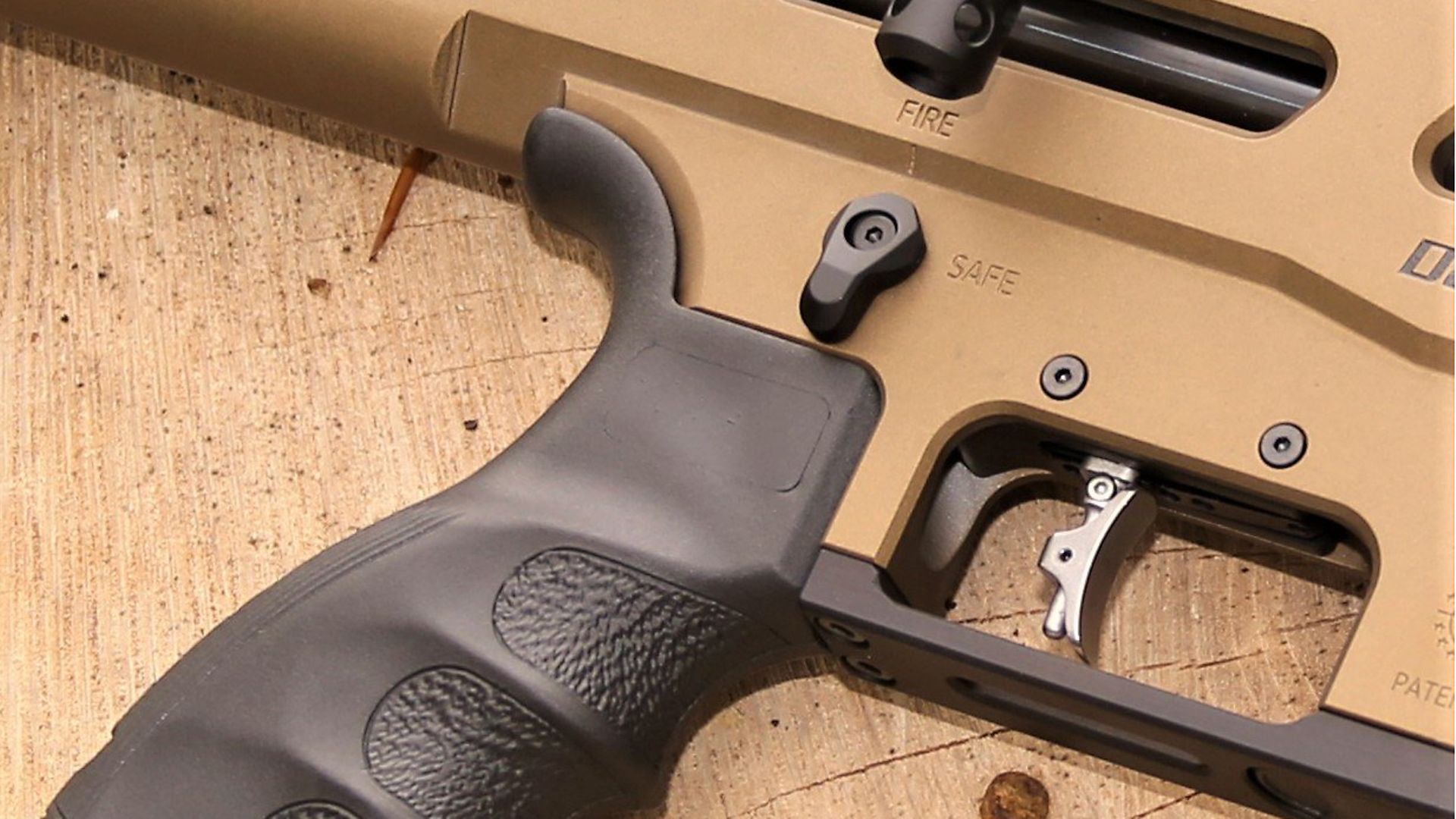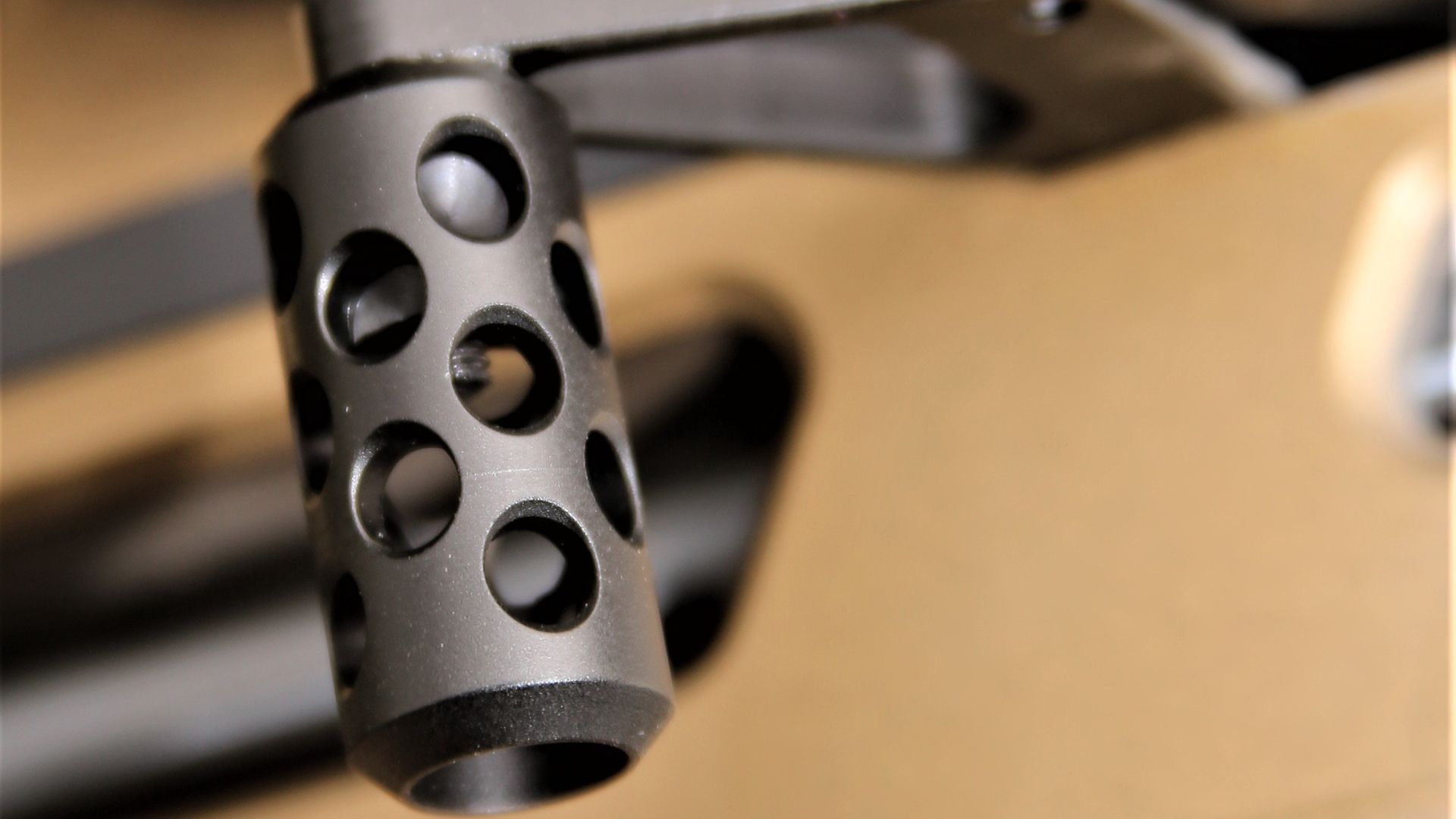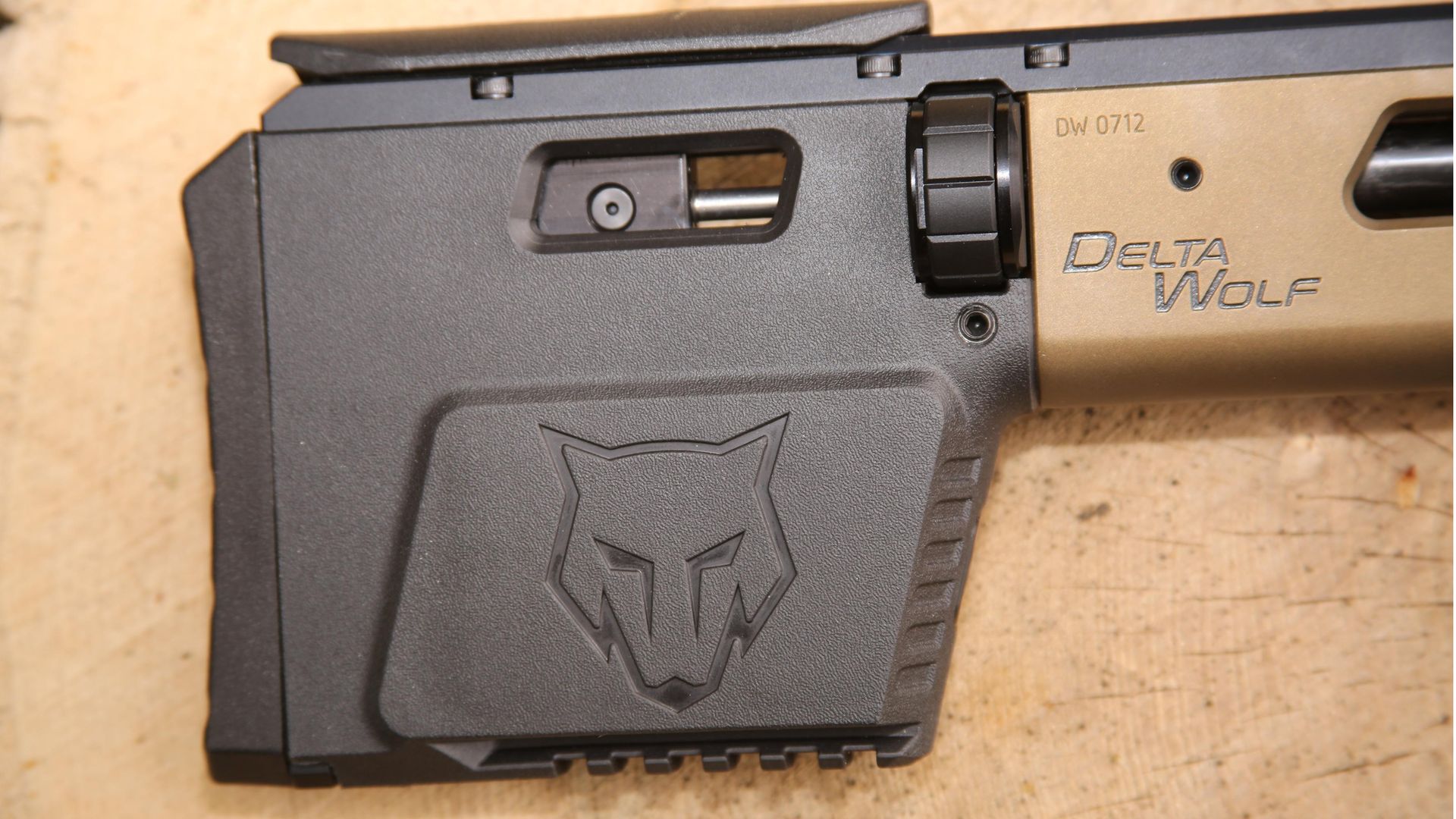Has airgun technology gone too far? Have we lost the sense of achievement shooting small groups used to bring? Terry Doe opens a discussion about today’s so-called ‘superguns’...
I’ve been wanting to examine this subject for quite a while – around 30 years, in fact. Yes, the question of ‘has airgun development gone too far’ is not as new as most might think. I first heard it when super-tuned springers, fitted with custom-made stocks and ‘far too expensive’ scopes made their first appearance. Then, recoilless, pre-charged pneumatic, multi-shot rifles were developed, and they, too, were considered by many to contradict the very ethos of airgunning as a simple, highly accessible sport for all. Accusations of elitism were levelled, followed by the inevitable line of, ‘it’s all getting silly/ridiculous/too much’, or similar.
 credit: Archant
credit: Archant
FORWARD TO THE FUTURE
Spool forward to today, and surely if those who complained that tuned springers with adjustable stocks were a development too far flicked through this magazine, they’d faint clean away. In my experience of this world, and the world of airguns in particular, blanket statements are usually a result of a lack of knowledge and a subsequent lack of understanding.
Thus, to further the ‘have we gone too far?’ discussion, I’d like to take a close look at one of the rifles most frequently cited as an example of too much technology, and I’ve listed its features and described what they bring to the shooter in practical terms. I’ve gone with the Daystate Delta Wolf, a rifle I know extremely well, having tested it in its prototype stage and as a full production rifle, but even within this issue there are another two rifles I could have used, with plenty of others waiting in the wings, and many more to come, I assure you of that.
 credit: Archant
credit: Archant
WHY SUPERGUNS EXIST
Before I get into the forensic examination of the Delta Wolf, let’s establish how, and why, such rifles came to exist in the first place. Basically, they’re a product of demand, but that demand isn’t limited to the customer who wants the best. In fact, customer demand is pretty late to the airgun development party, and the real catalyst is human ingenuity.
The vast majority of airgun innovations exist because clever people wanted to either improve the performance or add to the features of guns currently in production. It’s a basic function of genius – and yes, I accept that this term is over-used – that those who are capable of pushing the established boundaries will do just that – and keep on doing it.
Again, just to keep us grounded, I recall statements along the lines of ‘that’s wasted on an airgun’, being directed at the Weihrauch Rekord trigger unit, over 40 years ago. Think about that for a moment. Arguably, the first precision trigger mechanism to be fitted to a sporting airgun, and it was considered by some to be ‘wasted’ on us. I truly despise that mindset.
EVOLUTION IN ACTION
Each newly-developed feature raises the performance bar by a small degree, and when other developments follow, that bar keeps on rising, feature by feature, until the airgun in question bristles with cutting-edge technology and supergun status is achieved.
Meanwhile, those of us who shoot those airguns see, enjoy and accept the real-world benefits of the newly-developed features, and we want them as standard. Once such guns, plus their features and performance, become the norm, it takes something special to stand out from the crowd and to provoke interest from potential customers … and, fuelled by the genius of our top airgunsmiths, the cycle of development rolls ever onward.
 credit: Archant
credit: Archant
INNOVATIVE THEN … NORMAL NOW
If you flick through the pages of this magazine you’ll see airguns with a range of performance features now considered standard. Adjustable triggers, match-grade barrels ready-threaded to take moderators, expertly designed stocks, consistent actions, autoload multi-shot pellet magazines, high-grade metal finishing, plus a huge array of equally high-performance sights, pellets and accessories; all now standard, even basic, yet many of those features were once regarded by some as ‘too much technology’. It’s not just the airguns that change over time.
WHEN WILL PROGRESSION END?
Is there a point at which this progression of airgun technology will stop? In a word, no. Even with their array of improvements, the most accurate air rifles of 2021 are still only shooting the same ‘best’ groups we achieved 30 years ago, because it’s impossible to improve on a one-hole group, no matter what can be done to the hardware. Yes, we shot one-hole groups back in the late 1980s – I’m looking at a framed example as I write this – but the fact that I put that group in a frame tells us how far our airguns have come. It’s not just about the groups, but how much easier it is to shoot them, and that process will never be complete.
 credit: Archant
credit: Archant
REMARKABLE BECOMES COMMONPLACE
I framed that one-hole, five-shot group because it meant a great deal to me at the time, and considering the circumstances under which I shot it, it still does. I shot that group at 55 yards, using Emily, my Airmasters HW77 Field Target Special, a 3-9 x 36 Zeiss Diavari scope, and painstakingly prepared H & N FT Trophy pellets.
My clubmates had their scopes trained on my target, and they watched every pellet strike. The pressure of placing that fifth pellet was immense, and I’d messed up several previous attempts, but by deploying every ounce of what I’d trained so hard for, I finally did it. I felt physically drained after an hour of trying to shoot that one-holer, such was the intensity required to keep everything together.
Last month, I took a test rifle from its case, and less than five minutes later, I’d matched that framed group of mine, without really trying. Just yesterday, during research for this article, I put the Daystate Delta Wolf on a bench, and shot three one-holers in the time it took me to drink a cup of highly-caffeinated coffee. That, ladies and gentlemen of this airgun world, is the difference between the superguns of yesteryear, and those of today.